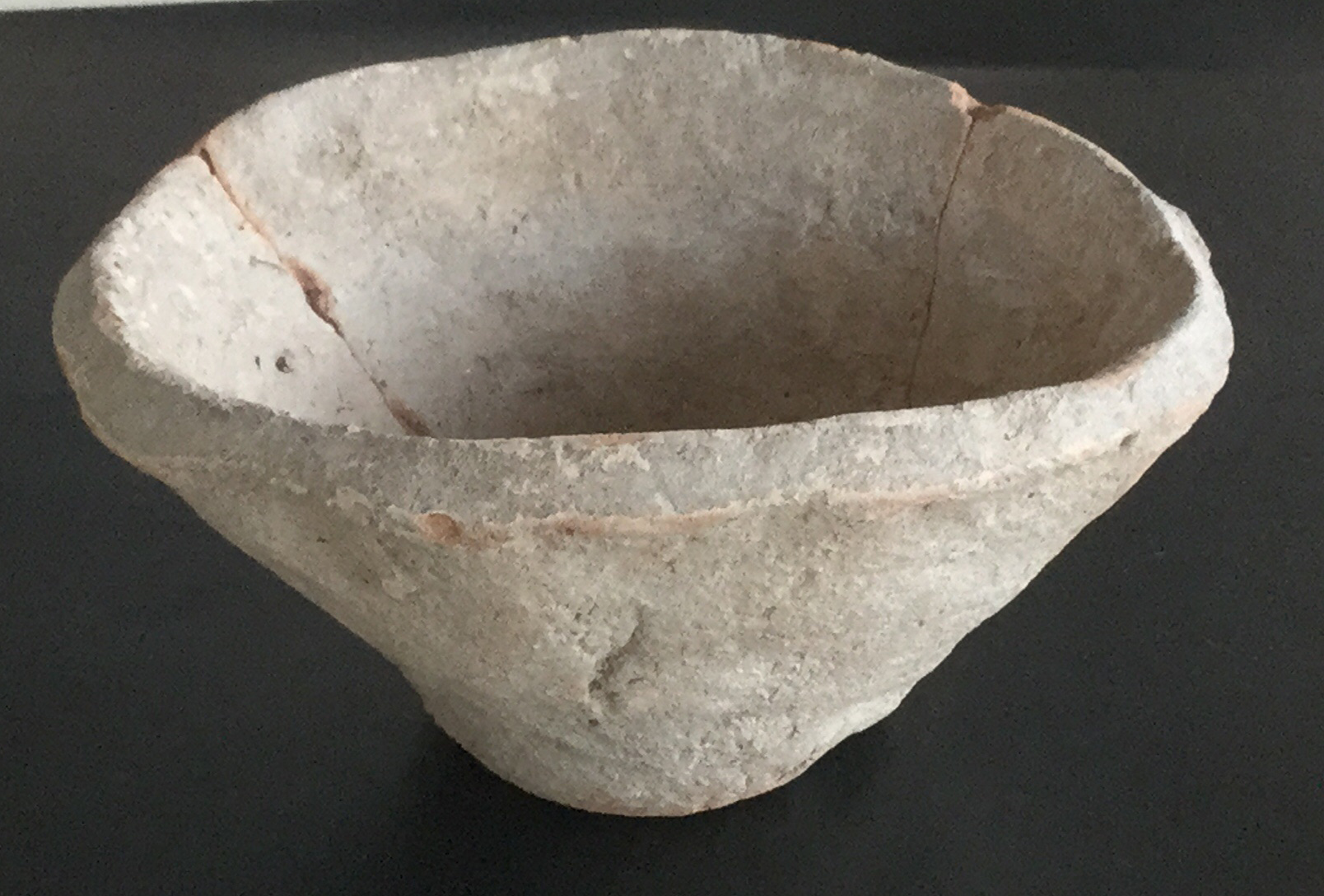|
Beveled Rim Bowl
Beveled rim bowls are small, undecorated, mass-produced clay bowls most common in the 4th millennium B.C. They constitute roughly three quarters of all ceramics found in Uruk culture sites, are therefore a unique and reliable indicator of the presence of the Uruk culture in ancient Mesopotamia. Physical characteristics Beveled rim bowls are generally uniform in size standing roughly 10 cm tall with the mouth of the bowl being approximately 18 cm in diameter. The sides of the bowls have a straight steep angle down to a very defined base usually 9 cm in diameter. The bowls are made of low fired clay and have relatively thick walls compared to other forms of pottery of the time—making them surprisingly robust. The most unusual aspects of beveled rim bowls are that they are undecorated and found discarded in large quantities. Production While the exact method for production of beveled rim bowls is unknown, the most widely accepted theory is the use of a mold. A lesser ... [...More Info...] [...Related Items...] OR: [Wikipedia] [Google] [Baidu] |
